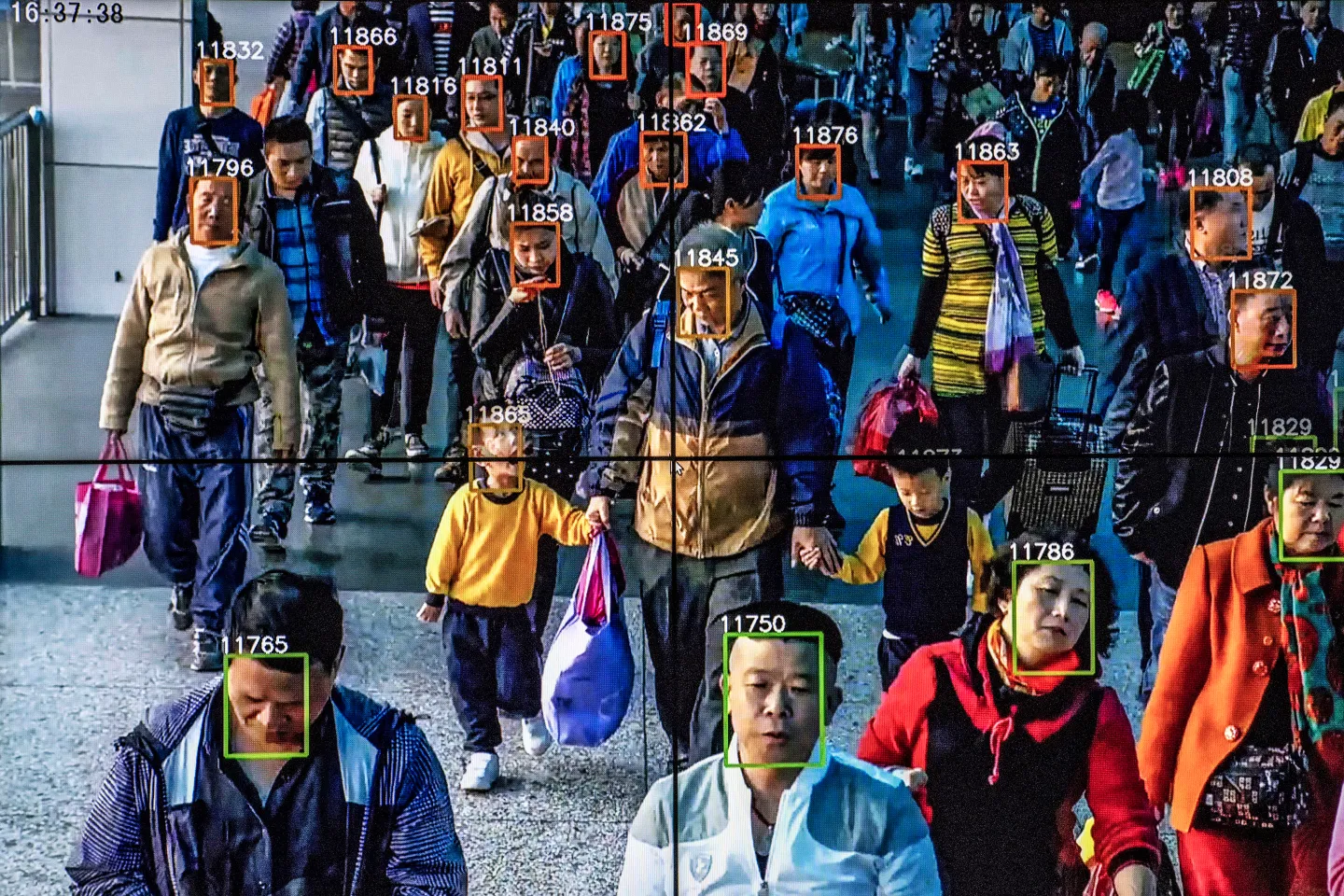The Rise of Smart Cities in China
by Camilla Fatticcioni
Chinese Smart Cities aim to be green, safe, and, above all, controlled.
In some new Beijing subway stations, commuters no longer need to use a card, scan their smartphones, or buy a ticket. In just seconds, metro gates open after a quick facial scan. Moreover, large screens within the stations display real-time information on the crowding levels of each train car, allowing passengers to choose the least crowded one. This is just a glimpse of daily life in a Smart City.
China is looking to the future while addressing the environmental and pollution impacts caused by 30 years of rapid economic and industrial growth. The development of Smart Cities integrates advanced technologies such as Artificial Intelligence (AI), the Internet of Things (IoT), big data, and cloud computing into various sectors like transportation and public security. Cities like Beijing, Shanghai, Guangzhou, Shenzhen, and Hangzhou are now leading the way in adopting cutting-edge technologies and innovative approaches to urban planning and management. For the Chinese government, Smart Cities must be green, safe, and, above all, controlled.
Internet of Things
The Internet of Things refers to networks of everyday objects, including vehicles and appliances, connected to the internet and capable of communicating with each other. Most are familiar with the concept of the Smart Home, where thermostats and appliances can be remotely controlled. Now, imagine living in a city where everything operates on this principle.
In Guangzhou, for instance, screens display live footage of trees growing, while soil humidity levels are monitored by sensors. All this data is fed into an intelligent management system that ensures the city’s trees are cared for appropriately.
Similarly, in China, there are stores where you can shop without going through a checkout line: you simply walk in, pick what you need from the shelves, and leave. Facial recognition technology ensures the cost of your purchases is directly deducted from your bank account. From boosting efficiency in manufacturing and transportation to improving healthcare and home automation, IoT technology plays an increasingly crucial role in streamlining processes, reducing costs, and accelerating the development of Chinese Smart Cities.
Facial recognition applications are not new in China and are essential for the development of Smart Cities. During the COVID-19 pandemic, this technology received a boost with codes tracking citizens’ travel history and movements. However, facial recognition extends beyond transportation. Although the government recently imposed limits on its commercial use in hotels, airports, and museums, this technology remains widely used in security sectors to collect real-time data.
Advanced 3D facial recognition algorithms are becoming more sophisticated, accurately identifying individuals even when their faces are partially obscured. These systems can also analyze body shape and clothing colors to identify individuals and assist police in predicting risky behavior based on movement patterns.
China is looking to the future while addressing the environmental and pollution impacts caused by 30 years of rapid economic and industrial growth
The Example of Xiong’an
Halfway between Beijing and Tianjin lies Xiong’an, the epitome of a Smart City, according to the Party’s vision. Home to 2.5 million people, Xiong’an aims to be a model for the future of Smart Cities across Asia. Despite being in one of the world’s most polluted regions, its goal is to transform into a showcase of urban sustainability.
Since the project was announced in April 2017 by the Communist Party’s Central Committee and the State Council, Xiong’an has been a hub for discussions among entrepreneurs, engineers, AI developers, and government officials. The plan is to relieve pressure on Beijing by relocating some administrative functions and turning Xiong’an into an innovation hub with clean air and water as priorities.
In the past seven years, the city has made significant progress, becoming a benchmark for the coordinated development of the Beijing-Tianjin-Hebei region. Key projects include a high-speed rail link to Beijing and the National Trade Center, highlighting advancements in regional connectivity.
Xiong’an’s priorities focus on cutting-edge sectors such as next-generation information technologies, biomanufacturing, and advanced materials. The city is promoting seven key technological industries, including satellite internet and smart vehicles. By 2035, Xiong’an aims to become a model of socialist modernization, featuring eco-friendly lifestyles, an open and innovative economy, advanced technologies, and a high quality of life.
Simplified Living in Smart Cities
Last month, an article in Xinhua News noted that “foreign visitors are amazed by the facilities in Chinese smart cities.” However, even before the pandemic, many were already astounded by how everything in China could be done at the tap of a smartphone. Forgetting your phone is unimaginable, as apps like WeChat and Alipay allow you to do everything from paying in stores to booking flights and hotels.
Recently, videos of delivery robots bringing takeout orders directly to hotel rooms and self-driving taxis operating between Beijing International Airport and Yizhuang District have gone viral online. Although these taxis are supervised by drivers for safety, they represent a leap in autonomous vehicle technology.
China’s digitalization of cities has been progressing for years and has made remarkable strides. By 2027, China expects to achieve significant milestones in the digital transformation of urban areas and build a series of livable, resilient, and intelligent cities.
Camilla Fatticcioni
China scholar and photographer. After graduating in Chinese language from Ca’ Foscari University in Venice, Camilla lived in China from 2016 to 2020. In 2017, she began a master’s degree in Art History at the China Academy of Art in Hangzhou, taking an interest in archaeology and graduating in 2021 with a thesis on the Buddhist iconography of the Mogao caves in Dunhuang. Combining her passion for art and photography with the study of contemporary Chinese society, Camilla collaborates with several magazines and edits the Chinoiserie column for China Files.
Translated with DeepL.com (free version)
























































